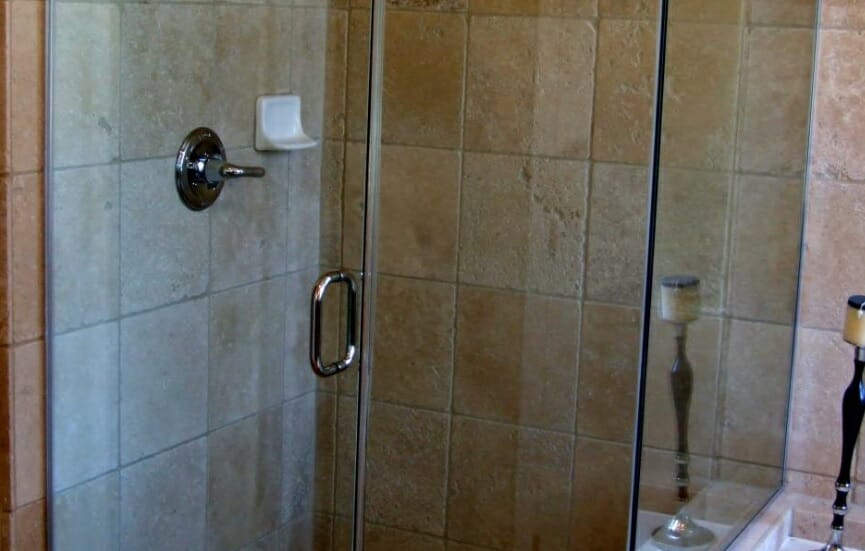If you have a shower and tub combination in your bathroom, you will have a shower diverter valve to alter the flow of water between the showerhead and the faucet in the tub. A shower diverter is a pretty simple device, but sometimes they can fail and will need to be repaired or replaced. In this article, we explain how these valves work, the different types of shower valves, and some of the common problems associated with using them.
How Does a Shower Diverter Work?
In a shower/tub combination, there is a water pipe that is used to connect the tub faucet to the showerhead. The diverter valve is located in the tub faucet and if it affects the flow of water to the tub and vertically upwards to the showerhead above. When the diverter valve is opened, the water can flow to the faucet to fill the tub. If the lever or knob that controls the diverter valve is adjusted, the valve is closed, and pressure is created to force the water flow upwards to the showerhead.
The 3 Shower Diverter Valve Types
- A Two Valve Diverter
This type of shower diverter valve can be located in two separate locations depending on the faucet layout. If you have a single tub faucet, the diverter will be at the center with a dedicated temperature control faucet. If there are two faucets, the diverter valve will usually be located somewhere between them.
- A Three Valve Diverter
This type of shower diverter valve is usually found between the hot and cold tub faucets in a two faucet configuration. It may be a level or a tap activated valve, turning it 180º will divert the flow of water, and this can be adjusted to the original position when showering is finished.
- The “Tee” Diverter
This is a single diverter valve that’s actually located inside the tub faucet. When you need to use the shower, you simply pull the lever upwards, and the diverter valve is closed. When you’ve finished showering, the lever is pushed back down to open the valve for the tub faucet.
Some Common Diverter Valve Problems
Under normal operating circumstances, a shower diverter valve works very well. But, over time, the valves can be clogged by a build-up of scale or sediment, and this can prevent them from fully closing. So, when the diverter valve is opened or closed, the water may continue to pour from the tub faucet when showering. This can lead to a less than satisfactory showering experience, and it wastes water too.
Another common issue is that a valve works hard every day, and eventually, the part will wear out. In some cases, the diverter valve could be repaired, but this is a relatively cheap part, and it’s a better idea to simply replace it entirely.
If you’re experiencing problems with your shower diverter valve, contact a
local certified plumber for expert help and advice. If you have no formal plumbing experience changing a diverter valve can be tricky, but it’s a quick and simple repair for a professional plumber.
By Giovanni Longo President Flood Brothers Plumbing
Giovanni Longo is a 3rd generation master plumber who has been practicing his craft and trade in the greater Los Angeles area for well over a decade and a half. A plumbing and hydraulics-engineering innovator, Giovanni’s particular world-class expertise focuses on dealing with challenging sewer system designs as well as resolving complex commercial and residential draining issues. As a certified Flood Mitigation expert, he is also well versed in a wide variety of water damage and remediation solution.





